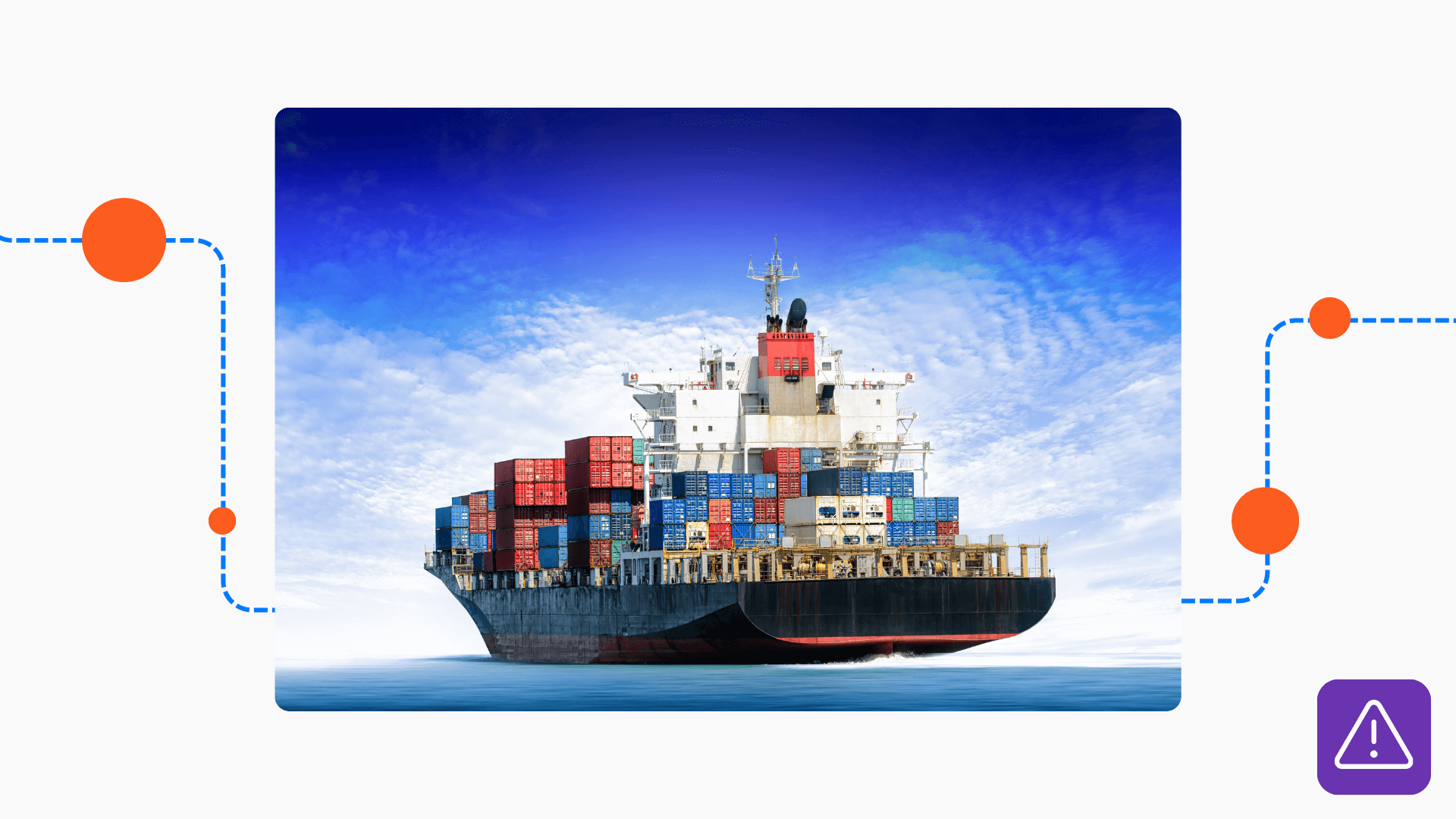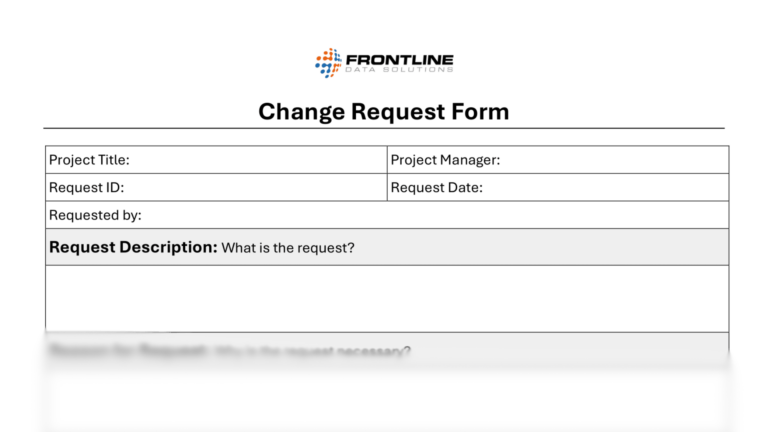The International Maritime Dangerous Goods (IMDG) Code is a set of regulations that governs the safe transport of dangerous goods by sea. The International Maritime Organization (IMO) created this code.
To start, the IMO updates IMDG regulations every two years to reflect new technology and changes in the dangerous goods landscape. Next, in this article, I’ll provide a brief overview of IMDG regulations and share my best practices for navigating them.
Free form!
Use this management of change request form to ensure that your operational changes don’t affect IMDG compliance.
Scope of the IMDG code
The IMDG Code applies to all ships engaged in international voyages and to all dangerous goods transported by sea. Basically, the code contains information on the classification, packaging, labeling, marking, and documentation requirements for dangerous goods. It also provides guidance on the stowage and segregation of dangerous goods to ensure their safe transport by sea.
Classification of dangerous goods
To start, the IMDG Code classifies dangerous goods into nine classes, each with its own distinct hazards and handling requirements. Additionally, these classifications help ensure that all parties involved in transport understand the level of risk and safety precautions needed. The classes are as follows:
- Explosives
- Flammable gases
- Flammable liquids
- Flammable solids, self-reactive substances, and solid desensitized explosives
- Oxidizing substances and organic peroxides
- Toxic and infectious substances
- Radioactive materials
- Corrosives
- Miscellaneous dangerous goods
Each class has various categories and sub-categories based on the type and degree of hazard that the goods present.
Packaging requirements for IMDG regulations
The IMDG Code provides specific packaging requirements for each class and category of dangerous goods. The packaging must be able to withstand the conditions of transport, including the potential for impact, vibration, and temperature fluctuations. It must also be leak-proof and able to prevent the release of dangerous goods into the environment.
Labeling and marking requirements for IMDG regulations
You must label and mark all packages containing dangerous goods in accordance with the IMDG code. Then affix those labels to each package and provide information on the class and UN number of the goods. You should also ensure that markings must be clearly visible and provide information on the consignor, consignee, and the nature of the goods.
Documentation requirements for IMDG regulations
The IMDG code requires that you complete a Dangerous Goods Declaration (DGD) for all shipments of dangerous goods by sea.
Basically, the DGD provides information on the nature and quantity of the goods being transported, the class and UN number of the goods, and the packaging and marking requirements.
Both the shipper and carrier must sign the DGD and the master of the ship must have it prior to loading any goods.
Stowage and segregation requirements
Specific stowage and segregation requirements within the IMDG Code ensure the safe transport of dangerous goods by sea. Furthermore, dangerous goods must be stowed in a way that prevents movement and minimizes the risk of damage or leakage. In addition, they must be segregated from other dangerous goods that could react with them and cause a fire or explosion.
IMDG compliance action items
Navigating the IMDG Code can be a challenging task for shippers, carriers, and other stakeholders involved in the transport of dangerous goods by sea. The following steps can help to simplify the process:
Determine the class and UN number
To begin with, the first step in navigating the IMDG Code is to determine the class and UN number of the goods being transported. Moreover, this information helps you identify the specific requirements for packaging, labeling, and documentation.
Identify the applicable IMDG regulations
Basically, once you determine the class and UN number of the goods, you must identify the applicable regulations within the IMDG Code. Then review the specific packaging, labeling, marking, and documentation requirements that apply to those goods. Additionally, make sure to check any stowage and segregation requirements to ensure safe and compliant transport.
Prepare the documentation
Next, you need to prepare the required documentation, including the DGD and any additional certificates or permits. Moreover, ensure that all documentation is complete, accurate, and fully compliant with IMDG Code requirements. This step helps prevent delays, penalties, or shipment rejections during inspection.
Package, label, and mark the goods
Once you complete the documentation, you must package, label, and mark the goods. This includes selecting the appropriate packaging, affixing the required labels, and marking the packages with the necessary information.
Ensure proper stowage and segregation
Before loading goods onto the ship, ensure that you’ve properly stowed and segregated them. This will help to prevent accidents and ensure the safe transport of the goods by sea.
The IMDG code is a vital set of regulations that ensures the safe transport of dangerous goods by sea. Navigating these regulations is a complex task. But if you implement the steps outline above and stay updated on changes to the code, you can avoid major incidents in the future.




